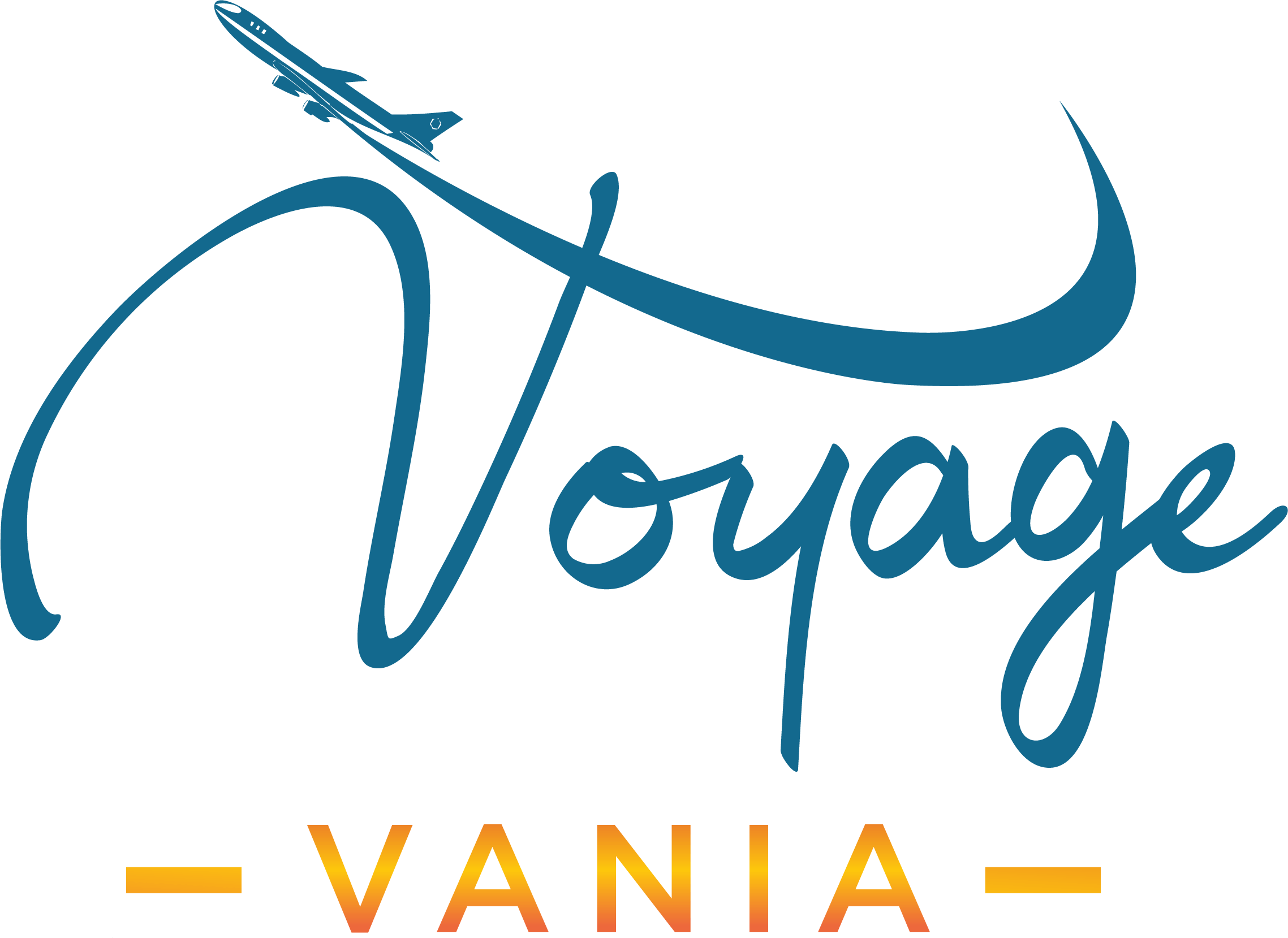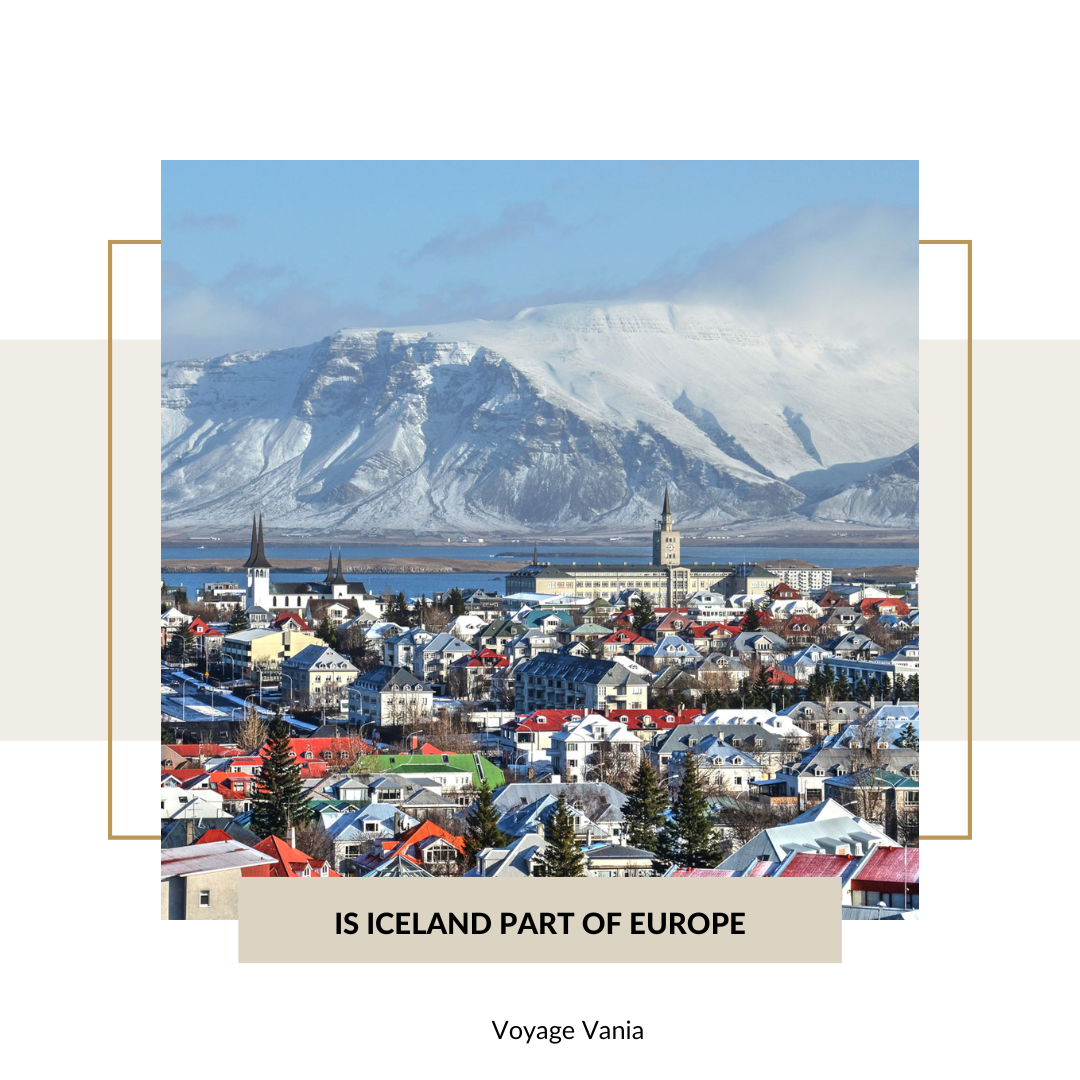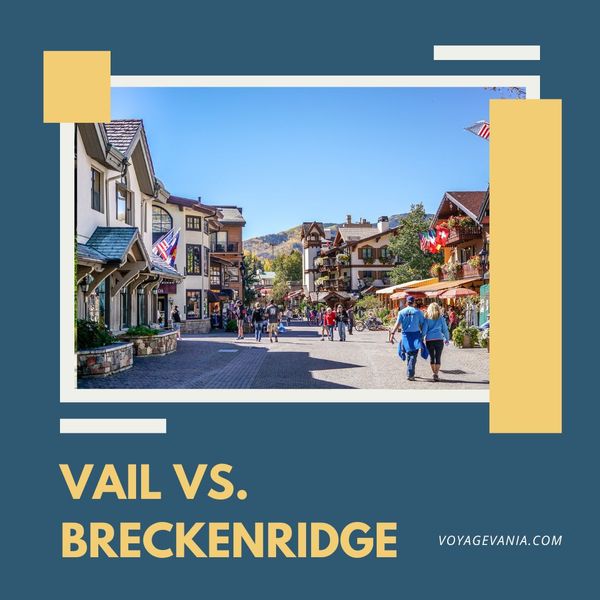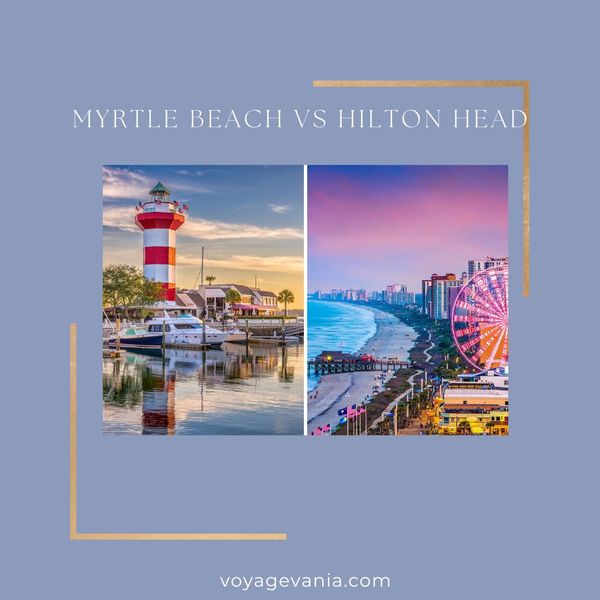We'll also give you tips on how to get to Iceland and how much it costs.
A Quick Overview Of Iceland
Iceland is a small island country in the Northern Atlantic Ocean. Its population is only around 330,000 people, with a land area of 103,000 square kilometers.
The history of Iceland begins with the Norsemen and their settlement of the island in AD 874. These settlers came from Norway, Sweden, and Denmark and were looking for new land to settle because they had been unable to find enough arable land in their homelands. They settled in Iceland after hearing rumors about its lush vegetation and abundant resources from other Scandinavian sailors who had visited before them.
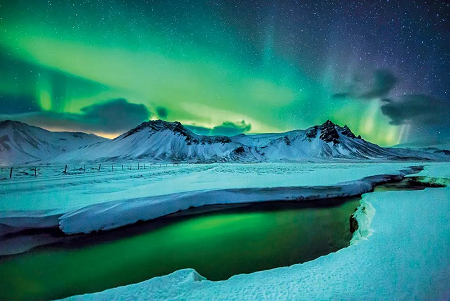
Is Iceland Part Of Europe?
The common question is, "is Iceland part of Europe?" The answer to this question is more complicated than you might think.
Ieland is indeed located in Europe, but it also has its own culture and traditions that are very different from those found in other European countries. For example, Iceland has a language different from other European languages. Icelanders also have their religion and beliefs, which differ from most Europeans.
In addition to these cultural differences, Iceland has a unique geographical location within Europe. It is located on the Mid-Atlantic Ridge—a series of volcanic ridges under the sea—which separates two tectonic plates: Greenland on one side and Norway on the other. It makes it one of only two places where humans can stand simultaneously in North America and Eurasia (the other being Greenland).
The Nordic countries comprise a region that includes Norway, Sweden, Finland, and Denmark. The region shares many cultural similarities as well as some political similarities as well. However, each country has government policies and laws that differ from their neighbors. Even though these are considered part of "Europe" by most people today, they have unique identities separate from other European countries.
Culture
Iceland's culture is unique because it has a strong sense of national pride and independence, even though it's not a sovereign state like other European countries such as France or Germany. It's also known for having one of the highest standards of living in the world—with residents typically enjoying long lifespans and low unemployment rates.
Iceland is a country that is almost entirely made up of white people. It has a history of being under the rule of other countries and has often had to be protected by them.
The culture of Iceland is known for its art, music, literature, and cuisine. The Icelandic language uses the Latin alphabet; some people speak it in Denmark and Norway.
Language
Icelandic is the official language of Iceland, spoken by nearly all inhabitants. Icelandic is a North Germanic language related to Norwegian and Faroese. Approximately one-third of the world's population speaks Icelandic as a native language, with the remainder learning it as a second language. The language is currently in decline in some parts of the country, with many young people choosing to speak English instead.
Icelandic has changed significantly since it first appeared in writing in the 12th century CE. Many words have been borrowed from other languages, primarily Old Norse, spoken by Norway settlers who arrived during the late 9th century CE and dominated much of Scandinavia for several centuries afterward. Other influences include Old English and Old Norse on each other; French; Latin; Danish; and Dutch.
The Icelandic alphabet contains 32 letters: 16 consonants and 16 vowels (including "y" as a vowel). Vowels are long or short according to whether the vowel is accented; an accent mark (') indicates long vowels but does not change pronunciation otherwise.
Currency
The currency of Iceland is the Icelandic króna (ISK). The ISO code is ICX, and the symbol is KR. The króna is subdivided into 100 aurar.
Iceland's currency is pegged to the euro at a fixed exchange rate of 110.26 krónur per euro. The Central Bank of Iceland maintains an open market policy, which means it does not intervene in the foreign exchange market to influence its value.
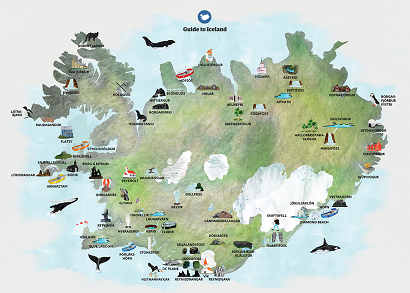
When Iceland Become Part Of Europe?
Iceland joined the European Union in July 2009. The island nation had been a member of the European Free Trade Association (EFTA). Joining the EU would give Iceland more opportunities for trade and growth.
Many people think Iceland has always been part of Europe because it is such a small country, but this is not true! Before joining EFTA in 1970 and moving on to become part of the EU in 2009, Denmark ruled Iceland until 1944, when they gained independence from their former colonial masters.
Iceland Relationship with the European Union: How Iceland Almost Joined the EU - TLDR News
How did Iceland Become Part Of Europe?
At the start, it was not part of Europe. It was not even on the map. But then some people came and started living there, and they liked it so much that they decided to stay. And then some more people came, and they liked it too! So eventually, enough people were living in Iceland that they formed a government. And then they decided to become part of Europe.
After joining the EU, Iceland's economy grew because it could export its fish to other countries without paying taxes. However, this growth lasted only a short time because many lost their jobs at sea due to new technology that allowed boats to stay at sea longer without needing refueling or repair. It made fishing more expensive and less profitable for companies that relied on it as their primary source of income.
Conclusion
We hope this article has helped you better understand the relationship between Iceland and Europe. We've discussed what makes Iceland a part of Europe and why it's often confused with Greenland.
